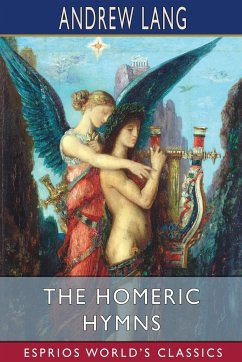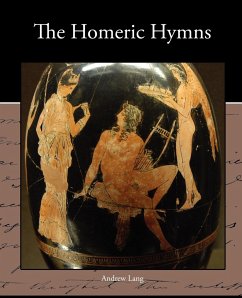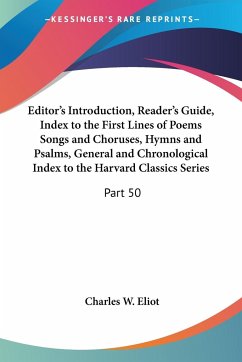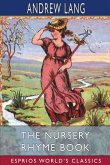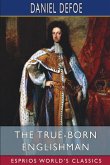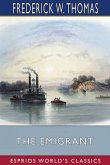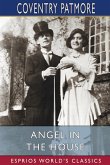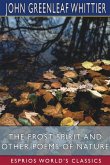The Homeric Hymns are a collection of thirty-three anonymous ancient Greek hymns celebrating individual gods. The hymns are "Homeric" in the sense that they employ the same epic meter-dactylic hexameter-as the Iliad and Odyssey, use many similar formulas and are couched in the same dialect. They were uncritically attributed to Homer himself in antiquity-from the earliest written reference to them, Thucydides (iii.104)-and the label has stuck. "The whole collection, as a collection, is Homeric in the only useful sense that can be put upon the word," A. W. Verrall noted in 1894, "that is to say, it has come down labeled as 'Homer' from the earliest times of Greek book-literature."
Hinweis: Dieser Artikel kann nur an eine deutsche Lieferadresse ausgeliefert werden.
Hinweis: Dieser Artikel kann nur an eine deutsche Lieferadresse ausgeliefert werden.

